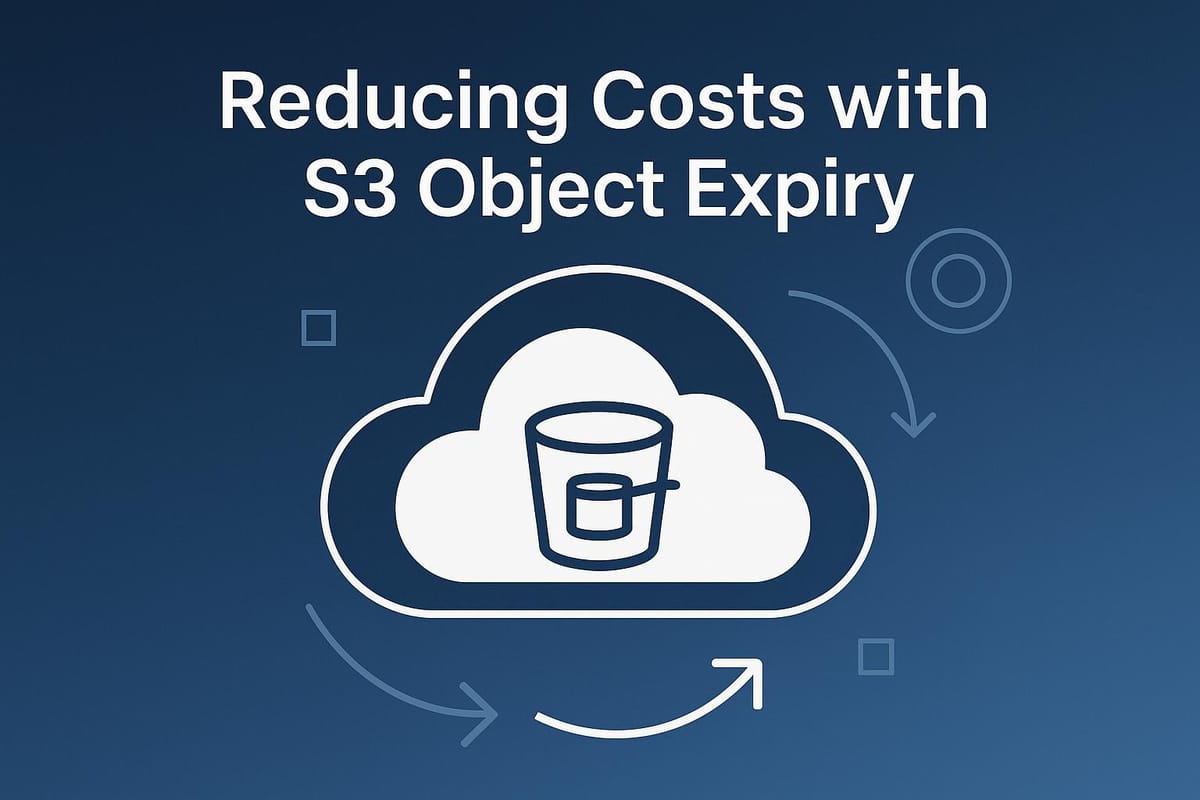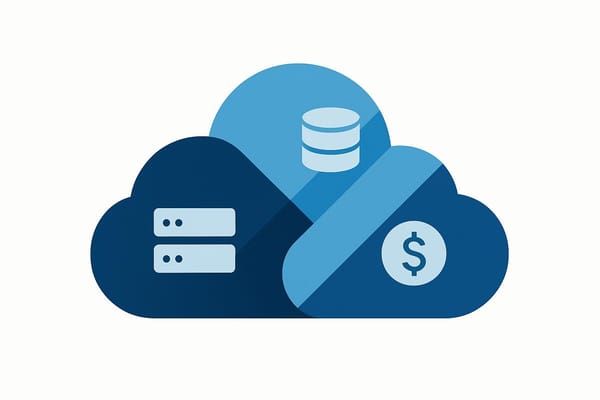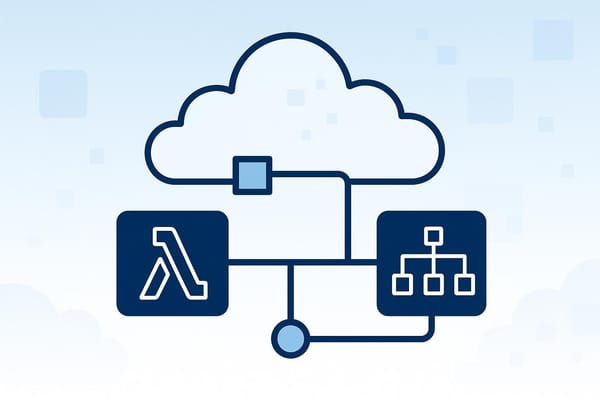Case Study: Reducing Costs with S3 Object Expiry
Learn how one business cut AWS S3 costs by 60% through automated lifecycle policies for managing backup data effectively.

Using S3 object expiry can save you money and simplify your data management. A business reduced its AWS S3 costs by 60% - from £1,050 to £420 per month - by automating lifecycle policies for backups. Here's how they did it:
-
Retention Policies:
- Development: 7 days
- Testing: 14 days
- Production: 30 days (with archival to Glacier)
-
Automation Benefits:
- Outdated data is deleted or archived automatically.
- Reduced manual effort and errors.
- Compliance ensured with S3 Object Lock.
-
Cost Breakdown:
Monthly savings of £630 through better lifecycle management and efficient storage class transitions.
How to set up S3 Lifecycle Rules to save on S3 costs
Storage Cost Problems
Poor backup management led to a surge in data storage across development, testing, and production environments, putting pressure on S3 storage resources.
Backup Data Growth
Each environment - development, testing, and production - produced large amounts of backup data. Without proper lifecycle management in place, backups accumulated unchecked. Retaining backups longer than needed only added to the problem, pushing data volumes higher and increasing operational costs.
Monthly Expenses
The growing volume of backup data significantly increased monthly storage bills. With no automated cleanup system, outdated backups remained, inflating costs unnecessarily. This also meant locating specific data often required time-consuming manual searches.
S3 Object Expiry Setup
To tackle rising storage costs, the team introduced an S3 object expiry strategy for managing backups. Below, we break down the lifecycle rule settings, retention policies, and updates made to the backup process.
Setting Lifecycle Rules
The team set up S3 lifecycle rules to automatically handle backup data retention based on the needs of each environment. Retention periods were defined as follows:
- Development environment: 7-day retention
- Testing environment: 14-day retention
- Production environment: 30-day retention, with selective archival
These rules were enforced using S3 bucket policies. Before deletion, data that was rarely accessed moved to more cost-efficient storage tiers. This method balanced reduced costs with maintaining access to necessary data.
Data Retention Rules
To ensure compliance while allowing automated deletion, the team used S3 Object Lock with tailored retention settings:
| Environment | Retention Period | Lock Type | Action After Period |
|---|---|---|---|
| Development | 7 days | Governance | Delete |
| Testing | 14 days | Governance | Delete |
| Production | 30 days | Compliance | Archive to Glacier |
This setup safeguarded critical production backups from accidental deletion during their retention period, while offering more flexibility for development and testing environments.
Backup Process Updates
The team also updated the SQL Server backup integration. Using AWS Storage Gateway's File Gateway, they aligned the backup process with the new S3 expiry rules to ensure smooth operation.
Cost and Performance Impact
Following the setup outlined earlier, the effects on both costs and performance were immediately noticeable. Enabling S3 object expiry across all environments brought considerable cost reductions and improved data management.
Storage Cost Reduction
By using S3 object expiry, monthly storage expenses dropped from £1,050 to £420 - a 60% reduction, saving £630:
| Storage Metric | Before Implementation | After Implementation | Savings |
|---|---|---|---|
| Monthly S3 Storage Cost | £1,050 | £420 | £630 (60% cut) |
Improved Data Management
The automation provided by S3 object expiry ensured:
- Consistent enforcement of data lifecycle policies
- Creation of audit trails for deletions and archiving
- Alignment with data retention policies and regulations
S3 Lifecycle Management Tips
Here’s what we learned from successfully managing S3 object expiry, along with practical tips for effective lifecycle management.
Data Classification Steps
Classifying your data correctly is key to managing storage costs and ensuring smooth operations.
| Data Category | Retention Period | Storage Class Transition |
|---|---|---|
| Daily Backups | 30 days | Standard → Standard-IA (after 7 days) |
| System Logs | 90 days | Standard → Glacier (after 30 days) |
| Compliance Data | 7 years | Standard → Standard-IA (after 30 days) → Glacier (after 90 days) |
| Active Projects | Variable | Standard only |
To streamline this process, tag objects with metadata that reflects their category. This helps automate transitions and makes tracking much easier.
Policy Testing Method
-
Create a Test Environment
Set up a separate test bucket with about 5% of your total storage volume. Use non-critical data to reduce risks during testing. -
Apply Gradual Transitions
Start by transitioning data to cheaper storage classes, like Standard-IA, instead of jumping straight to deletion policies. This gives you a chance to confirm policy behaviour before implementing permanent actions. -
Monitor Policy Effects
Use CloudWatch to track key metrics and ensure policies are working as intended:Metric Purpose Review Frequency Object Transition Count Monitor successful transitions Daily Failed Operations Spot issues with policies Daily Storage Class Distribution Check data is in the correct storage class Weekly
Regular Policy Checks
Keep your policies effective by reviewing them every quarter:
- Schedule quarterly reviews to ensure policies align with current business needs.
- Use CloudWatch dashboards to track storage costs and usage trends.
- Adjust data classification criteria as access patterns change.
- Document any updates to policies and note their impact on costs.
Conclusion
Using S3 object expiry is an effective way for small and medium-sized businesses (SMBs) to manage AWS storage costs. By classifying data properly, setting up automated lifecycle rules, and monitoring policies regularly, businesses can cut down storage expenses while keeping data management efficient. These practices directly contribute to the cost and performance improvements mentioned earlier.
A structured approach to organising data and determining retention periods helps create lifecycle rules that automatically handle object transitions or deletions. This reduces storage costs and eliminates the need for constant manual adjustments.
Testing lifecycle policies in a controlled test bucket ensures they work as intended before full implementation. Regular reviews help keep these policies aligned with changing business needs and storage usage patterns.
Key steps to take:
- Set clear retention policies based on compliance requirements.
- Automate transitions or deletions using S3 Lifecycle rules.
- Track storage costs and fine-tune lifecycle rules when necessary.
- Review policies regularly to ensure they stay relevant.
FAQs
How can using S3 object expiry help businesses reduce costs on AWS?
Implementing S3 object expiry allows businesses to automatically delete objects in their Amazon S3 storage after a specified period. This feature is particularly useful for managing temporary or time-sensitive data, such as logs or backups, which no longer need to be retained indefinitely.
By automating the deletion process, businesses can optimise their storage costs by reducing the amount of unused or outdated data stored. This not only lowers monthly storage expenses but also simplifies data lifecycle management, ensuring compliance with organisational policies and minimising manual effort.
For small and medium-sized businesses (SMBs) looking to streamline their AWS usage, features like S3 object expiry are a cost-effective way to improve operational efficiency while keeping budgets under control.
What are the best practices for setting up S3 lifecycle rules to manage data retention and reduce costs?
To manage data retention effectively and optimise costs with S3, it’s essential to set up lifecycle rules thoughtfully. Start by identifying your data's lifecycle stages - such as frequently accessed, infrequently accessed, and ready for deletion - and assign appropriate storage classes like S3 Standard, S3 Standard-IA, or S3 Glacier.
Define clear policies for transitioning objects to cheaper storage tiers as they age and set up expiry rules for data you no longer need. For example, you could configure objects to move to S3 Glacier after 30 days and delete them after 365 days. Regularly review and adjust these rules to align with your business needs and ensure compliance with any data retention policies.
By automating this process, you can save time, reduce unnecessary storage costs, and improve overall data lifecycle management.
How can businesses maintain compliance and ensure data security when using S3 object expiry policies?
To maintain compliance and ensure data security while using S3 object expiry policies, businesses should implement best practices such as setting appropriate permissions, enabling bucket encryption, and regularly reviewing lifecycle policies to ensure they align with regulatory requirements. Additionally, use AWS tools like CloudTrail to monitor and audit access to S3 objects.
It's also important to categorise and tag data properly, ensuring sensitive or regulated information is excluded from automatic expiry if necessary. By combining these steps with a clear understanding of your organisation's data retention policies, you can optimise storage costs without compromising on security or compliance.




